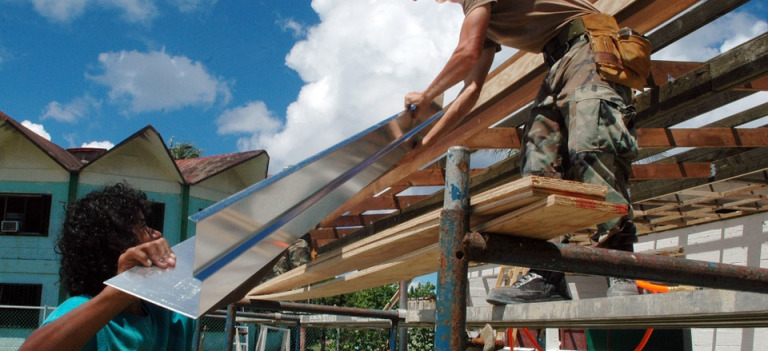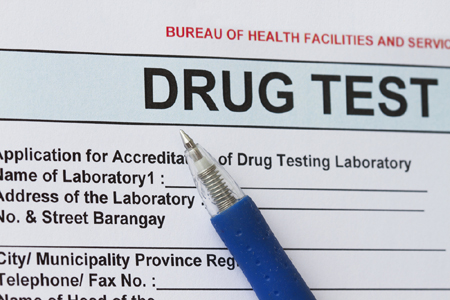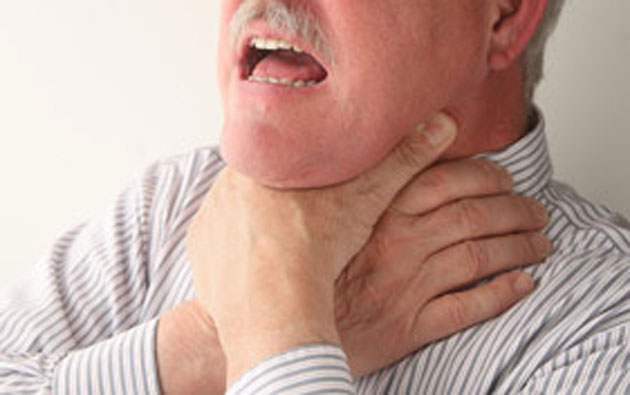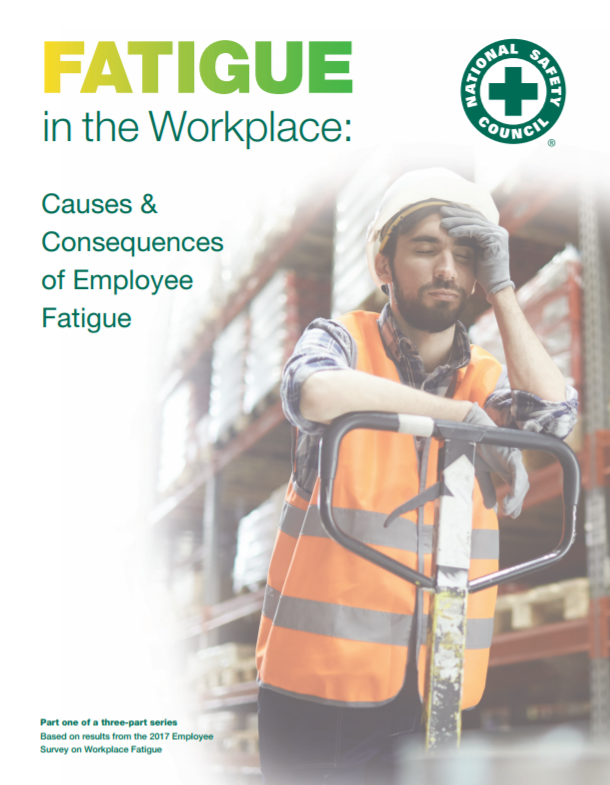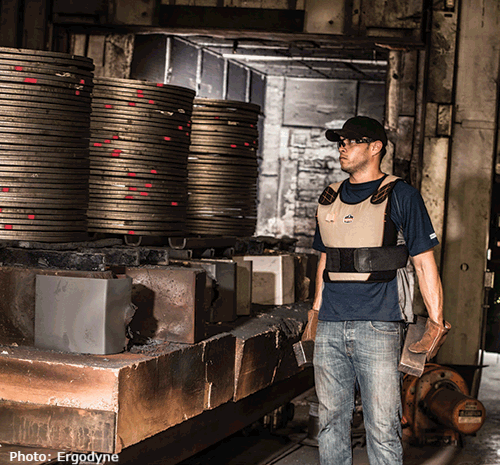Responding is Alsie Nelson, associate product manager, Ergodyne, St. Paul, MN.
…Although the measures to prevent heat-related illness are similar in both environments, there are other considerations indoor workers must take into account to protect their health and safety.
The human body is constantly trying to find balance by regulating internal and external variables. Maintaining a normal body temperature of 98.6° F is important to ensure the body functions properly. Heat waves cause stress on the body when too much heat is being absorbed and not enough heat is being lost through the body’s normal cooling processes. When this happens, the body’s means of controlling its internal temperature begins to fail. Once the body temperature reaches 99.7° F, heat stress has begun to affect the body. If it hits 104° F, you become susceptible to developing a heat-related illness. Just 30 minutes of exposure at that temperature is enough to cause permanent disability or brain damage.
Although heat stress is typically associated with outdoor work settings during the summer months, heat is a year-round hazard in indoor workplaces such as foundries, commercial bakeries, kitchens and laundries. Workers in these environments are often near sources of radiant heat or inside buildings with limited cooling capabilities. These jobsites are typically regulated by building codes that require sufficient ventilation, but several states specifically address heat stress prevention strategies in indoor applications. Indoor workers may also be wearing impermeable clothing such as a Tyvek suit, coveralls or layers of PPE, significantly reducing airflow and trapping heat.
As with outdoor work environments, it’s important to develop a prevention plan to handle potentially hazardous indoor heat. An indoor heat stress prevention plan should include the following:
- Encourage employees to stay hydrated and recommend drinking 1 cup of water every 20 minutes or 1 quart per hour.
- Set acceptable exposure times and allow employees sufficient recovery time in cooler areas such as an air conditioned break room or rest area.
- Give new and back-to-work employees time to acclimate. Just because indoor work settings typically have a more predictable temperature than those working outdoors doesn’t mean that certain individuals don’t need time to acclimate to the environment. Acclimatization is one of the most important steps an employer can take to ensure overall employee safety and productivity. Educate workers about the symptoms of heat-related illnesses and the proactive measures they can take to protect themselves.
- Enact an emergency plan so everyone knows what to do in the event of a crisis.
- Determine proper personal protective equipment or cooling products for the job. If airflow is limited, an evaporative cooling product may not provide the necessary relief. Alternative cooling products such as phase change vests work well under coveralls or impermeable suits.
Even if a jobsite is shielded from direct sunlight, oppressive and stifling environmental heat can still pose a real threat to worker safety. But employers who know the different heat stress hazards posed by indoor and outdoor jobsites will be able to better equip their crews to handle them.
Editor’s note: This article represents the independent views of the author and should not be construed as a National Safety Council endorsement. (Read entire article: safetyandhealthmagazine.com)
|



